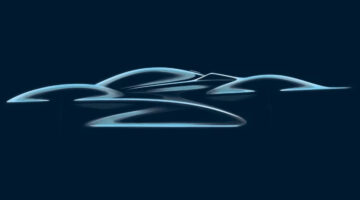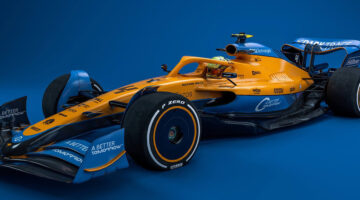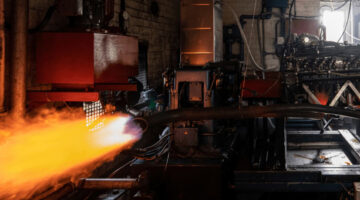Rewind the clock 65 years and one race – the Grand Prix de Grande-Bretagne – was about to change the sporting world. Global fascination would not arise until 1976, but on May 13 1950 at Silverstone, Formula 1 was born.
At the forefront was one of Alfa Romeo‘s most legendary racing machines, the 158/159 ‘Alfetta’.
| Engine | Power | Top speed | Weight | Power-to-weight | Championships |
|---|---|---|---|---|---|
| Straight-eight, supercharged, 1479cc | 350bhp @ 8500rpm ('50) | 290kph | 710kg | 500bhp/ton | TWO |
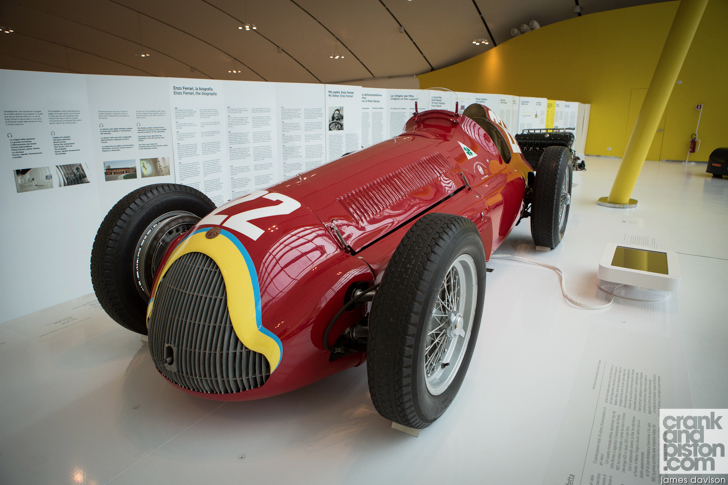
Though plans for a global championship had been discussed as early as the 1930s, the onset of war meant these were shelved until 1946. In a recovering world, it would still take a further four years before a formula for 1,500cc supercharged and 4,500cc un-supercharged Grand Prix machines could be finalised, and at the first race of seven that year, Maserati, Talbot-Lago and English Racing Automobiles would go head-to-head with a car that had won every race it had entered since September 1946. The Alfa Romeo 158.
Originally conceived by Gioachino Colombo in 1937, the 158 was designed to compete in the 1.5-litre Voiturette formula, a convenient sidestep to Grand Prix racing’s domination at the time by the Nazi-funded Mercedes-Benz and Auto Union silver arrows. The Alfetta – or ‘Little Italian’ given its compact dimensions – was powered by a 1.5-litre supercharged straight-eight (just in case you wondered where the ‘158’ name came from) that produced 195bhp. Conservative at best, the Alfa’s low 700kg kerb weight nevertheless meant a 132bhp/ton power-to-weight ratio, and the tidy design meant the Alfetta was quick straight out of the box. At its first race at the 1938 Coppa Ciano, the 158 took first, second and fourth place, and a further five victories before war saw racing endeavours halted altogether in 1940. Rumour has it, several 158s were walled up in a cheese factory in Melzo to keep them away from invading hands. Dusted off for its first race in six years at the St Cloud GP, the Alfetta once again proved a revelation, only unreliability stopping a runaway victory. A further 12 victories would roll in quickly. Such was the 158’s reputation when it landed at Silverstone in 1950.
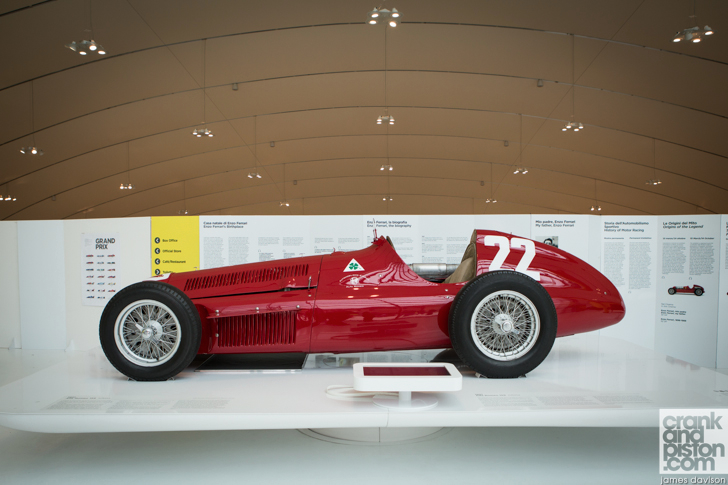
1950 British Grand Prix
Now 13 years old, the 158’s eight-cylinder unit packed a larger, two-stage supercharger and a new 350bhp power output. Such was its effectiveness that the Alfetta took the top four places on the grid, Italians Giuseppe ‘Nino’ Farina and Luigi Faglioli sharing the front row with Argentine teammate – and future five-time World Champion – Juan-Manuel Fangio, and Briton Reg Parnell.
Coming into the event the masterful Fangio had already secured victory in Pau and San Remo, and though pushing hard at the start alongside Faglioli, polesitter Farina still converted his pole position into an early lead, the three Fs as they were affectionately known circulating the 4.6km circuit at a startling 146kph average speed. As they had started so three Alfa Romeos finished, taking the top three spots, victor Farina and second-placed Faglioli split by just 2.6secs (Fangio’s engine would expire on lap 62 with just eight tours to run) and Reg Parnell celebrating his first – and only – podium in Formula 1 on home turf. The first non-Alfa entrant, the Talbot-Largo of fifth-placed Yves Giraud-Cabantous, would finish two laps down.
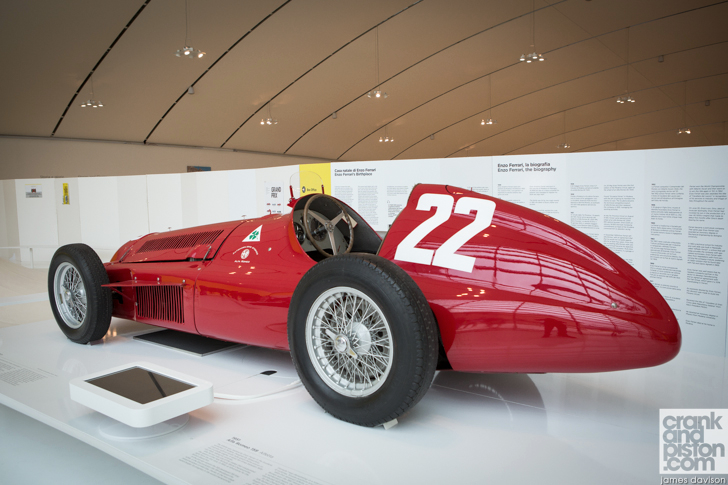
Legacy
Farina would go on to win the 1950 F1 crown ahead of his teammates in a dominant display from Alfa Romeo, the modified 159 – now boasting de Dion rear axle and a new 425bhp output thanks to larger superchargers – also taking the crown in 1951 with Fangio. At the peak of the Alfetta’s development, and with Enzo Ferrari’s scarlet machines making yet further inroads into their advantage, Alfa Romeo bid farewell to Grand Prix racing.
From 138 to 1951, the 158/159 lost only seven of the 54 races it started, the last – rather fittingly – in Italy. It would also prove the zenith of Alfa Romeo’s success in F1, for although the manufacturer returned as an official team in 1979, just five more podium finishes would be added to the collection before the plug was pulled a second time in 1985.
The manufacturer’s second run though would do little to damage the legacy created by its first, the 158/159 – now 65 years on from its official Formula 1 debut – amongst the most legendary racing machines the sport has ever known.
| Alfa Romeo | 158 'Alfetta' (1950) |
|---|---|
| Engine: | Straight-eight / supercharged / 1479cc |
| Power: | 350bhp @ 8500rpm |
| Transmission: | Four-speed manual / rear-wheel drive |
| Front suspension: | Trailing links / transverse leaf spring / friction hydraulic shock absorbers |
| Rear suspension: | Swing axles / transverse semi-elliptic leaf spring / friction hydraulic shock absorbers |
| Brakes: | Lockheed hydraulic drums all-round |
| Wheels: | N/A |
| Tyres: | N/A |
| Weight (kerb) | 700kg |
| Power-to-weight | 500bhp/ton |
| 0-100kph: | N/A |
| Top speed: | 290kph |

